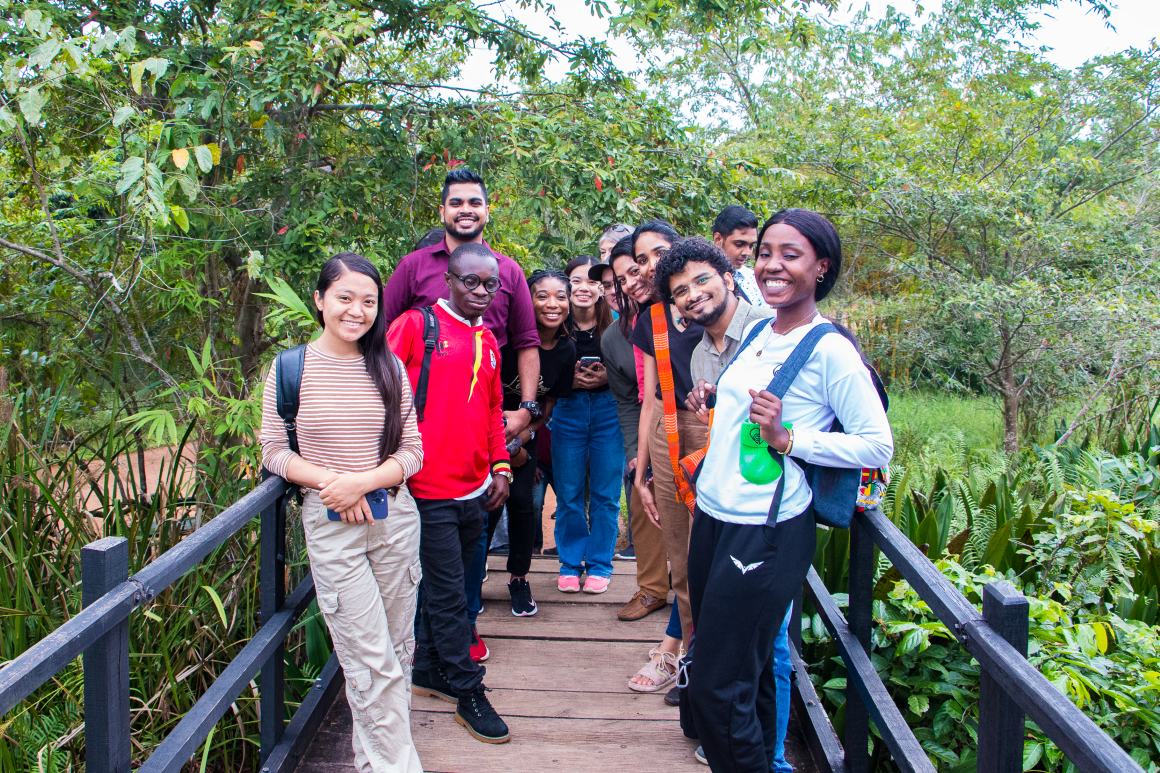Published on:
1 April 2017
Share this:
The city of Kulob, located in south-center Tajikistan, is an area extremely vulnerable to flash flooding. Typically, between March and May, a combination of heavy rainfall and snow melt flow into normally dry rivers and gullies. Paved streets, dense housing, and the growth of urban areas into the hills above the city make flash flood management in Kulob a significant challenge.
The flooding problem led the city government to approach UNDP Tajikistan for assistance in constructing new channels to reduce flood risk. A technical review of the project indicated that managing the maximum flood volume from the source watershed would require very large, and very expensive, concrete channels. After several site visits and discussions with local authorities, the idea of reducing flood risk by retaining water upstream was proposed.
The project required installation of four, meter-high gabion dams upstream to retain floodwaters, thus reducing the downstream flood surge. The permeability of the dams would allow floodwaters to drain over time; the dams also had gates to release excess water and prevent standing water from accumulating. The retention areas were planted with 1,000 fruit trees, both for livelihood benefits and to prevent people from building between the dams.
The project, completed in 2014, demonstrates an alternative approach to hard engineering for flash flood management in the urban Kulob area. The project team identified four important points to consider when implementing nontraditional flood management projects:
- Acceptance: Authorities took time to accept the concept of using alternative structural measures to retain floodwaters. In fact, local authorities still consider the retention dams experimental.
- Design: While it was possible to get accurate technical designs for the gabion dams and retention area, on-site managers changed the plans during construction to situate the project within physical site constraints. These changes reduced the level of retention possible. Had a scaled down demonstration of the nontraditional retention concept been available, it is possible project managers would have had greater confidence in the technique and followed the technical designs more closely.
- Community engagement: In rural areas, local communities will often contribute to community service projects by donating locally available building materials and/or labor. In urban areas, however, the building materials are monetized, and urban residents often pay higher taxes than in rural areas, so they expect services and are not willing to make further contributions. Thus, community contribution and participation may require a different approach in urban areas.
- Co-Benefits: The planting of 1,000 fruit trees served multiple objectives, including supporting livelihoods for the nearby community; improving the health of the natural ecosystem; protecting against erosion and land degradation; increasing flood retention; and establishing value for the retention basins by moderating the impact of urbanization and encroachment in flood-prone areas.
The Kulob flood retention project could be replicated elsewhere in Tajikistan and in other countries with similar flood hazards. In Tajikistan, the most significant challenge to replication is the longstanding practice of using hard methods to manage floodwaters. The cost of constructing channels that can handle maximum flow, however, is beyond local government means and may not be the most appropriate solution. The lower cost and multiple benefits of an additional or alternative approach may be appropriate and feasible.
Additional information on the Kulob project can be secured from UNDP Tajikistan via an email to [email protected]. Information on the 2010 flooding can be found in REACT Flood Appeal for East, Khatlon, Tajikistan. REACT Tajikistan. Dushanbe 19 May, 2010.
Case study based on:
UNDP Tajikistan staff report from the Kulob area office, 2014.



